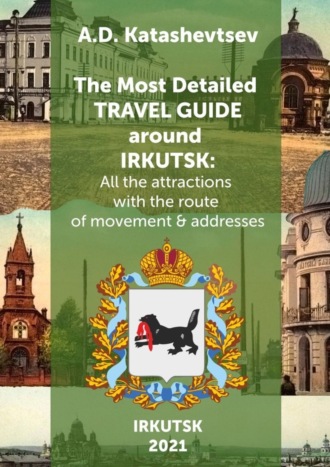
Полная версия
The Most Detailed Travel Guide around Irkutsk. All the attractions with the route of movement & addresses
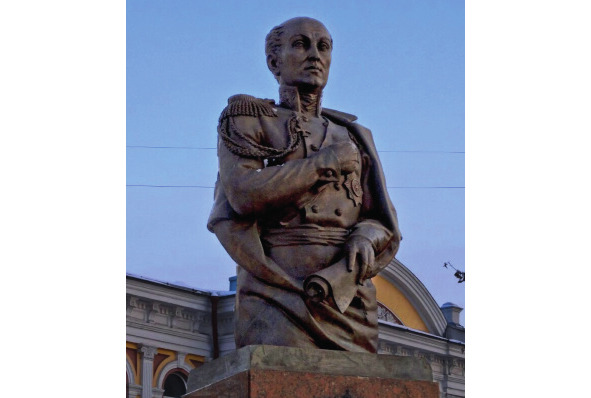
Monument to M. M. Speransky
Kanazawa Street
We return to the State Bank building and turn right into a small lane, formerly called Bankovsky. The walls of a residential building built in 1938 for the employees of the Irkutsk branch of the StateBank of the USSR for 40 apartments are still rise here. On the other side of the alleyway there is another creation of the Soviet era – Hotel “Sibir”, built according to the design of K.W. Mital in 1933. Half of that building facing Lenin Street burned down in a severe fire on March 13, 1995.
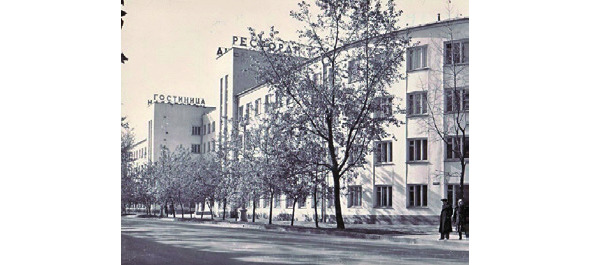
Hotel “Sibir”
Today it is Kanazawa Street, named after the oldest sister city of Irkutsk (since 1967), the center of Ishikawa province in Japan. In memory of strong relations at the end of the lane a monument to Russian-Japanese ties which symbolizes a common undertakings was built in 1994.
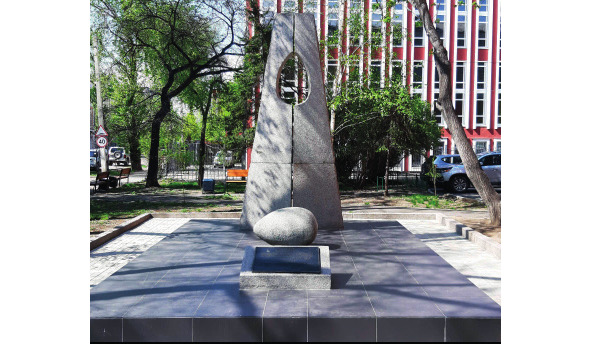
Monument on Kanazawa Street
In total, Irkutsk has 15 twin towns, and the capital of Eastern Siberia was one of six places in the USSR, which were allowed to establish such relations with foreign cities.
The city has old ties with Japan. In the summer of 1783, the ship “Shinshu-Maru” of the Japanese captain Daikokuya Kodayu with 16 sailors, after six months of drifting ended up in the waters controlled by Russia. Wanting to return to their homeland the Japanese made a long journey from the Aleutian Islands to Irkutsk where they met Academician E.G. Laxman, who helped the five surviving sailors get an audience with Empress Catherine the Greatin in St. Petersburg. Only three returned to their native land in 1792, two remained as teachers of the first Japanese language school in Siberia. Thanks to the care for seafarers Russia received the right to enter one of the closed ports of Japan for the next few years. However, it was not possible to achieve a strong friendship then, but modern relations are already have a more than half a century of history.
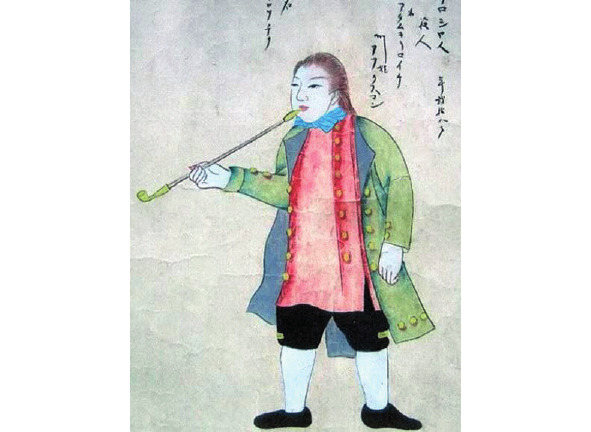
E.G. Laxman on Japanese engravings
Marata Street
At the crossroads we run into a wooden house of Pyatidesyatnikov and turn left. This quarter is full of beautiful wooden apartment buildings from the late 19th century. Particularly notable is the pink mansion with its brick stone outbuilding, which belonged to a certain Bibikov and where lived for a long time one of the founders of Writers’ Union of Irkutsk, as well as a delegate to the first Congress of Soviet Writers I.G. Goldberg.
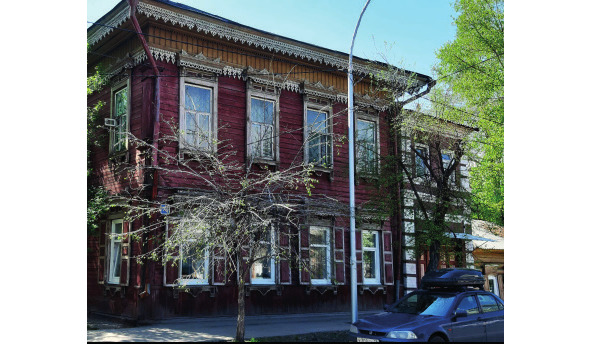
Irkutsk is undoubtedly considered the “wooden capital” of Russia. No other city has so many monuments of wooden architecture as here, and there is not such a variety of styles and forms of carving. And, besides, only a few cities in Russia has preserved entire blocks of wooden buildings – these are Kyakhta, Tomsk, Irkutsk and Vologda. Today more than 760 wooden houses are under protection, but it is not possible to restore them all due to the small budget of the city. Therefore, today the prerogative is on the side of foundations that buy houses and restore them, subsequently renting them out or putting them up for sale.
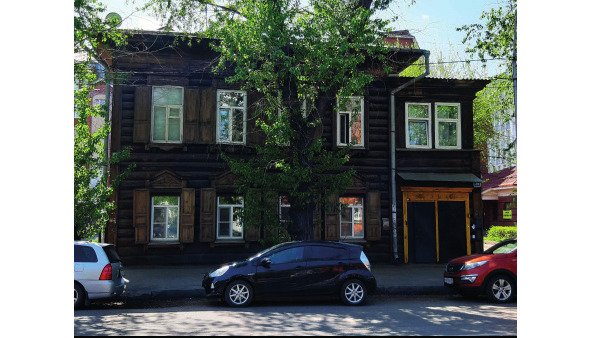
If we drive a little more along Marat Street, then on the right side we can see the first five-story building in the history of Irkutsk, which was built in 1934 according to the project of K.W. Mital, who himself lived in this house (Marat st., 29). The foundation of this building was made of bricks from the destroyed Kazan Cathedral. About this house the Irkutsk writer G.S. Stom (Apartsina) wrote the book “Our Home”. And this is no coincidence, because in different years here lived the famous doctors ophthalmologist Z.G. Frank-Kamenetsky, neuropathologist K.G. Hodos, otorhinolaryngologist I.M. Krukover, histologist S.I. Timofeev and surgeon V.G. Shchipachev, one of the founders of Russian balneology and creator of health resorts “Arshan”, “Darasun”, “Shivanda” and “Ugdan” – M.P. Mikhailov, founder of the Department of Geography of ISU and creator of the plan for the Angarsk HPP cascade – professor K.N. Mirotvortsev. In addition, here in the family of her parents, odontologist S.I. Weiss and dentist E.M. Emelyanova, lived one of the most famous Soviet pop singers – A.S. Vedischeva.
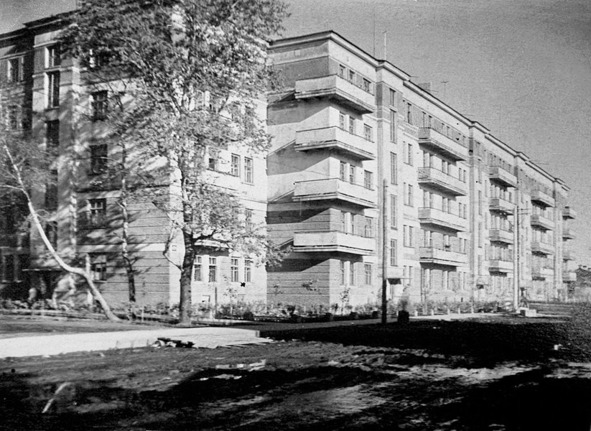
The first five-story building in Irkutsk
But at the next intersection, we turn left to Sverdlov Street and on the right there is another incredible mansion which built in the Romanesque style – it is the former Bazanov orphanage, which today houses the faculty clinics of the IMSU for eye and ENT diseases. The complex of buildings was created by the architect H.V. Rosen in 1883 to replace the building lost in the Great Fire, which had been located in the same place since 1874. The owner of the orphanage I.I. Bazanov did not live to see the resumption of the activity for only two months.
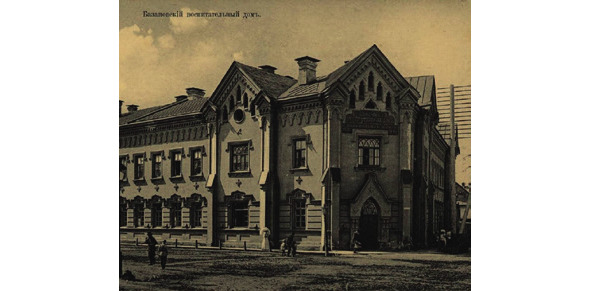
Bazanov orphanage,
In Russia in 19th century, there were only eight such institutions, due to the very high mortality rate of adopted children they were not popular. Children were brought to the gates of the orphanage, where there was a special tray in which a desperate mothers left babies than they pulled the bell and ran away. No one ever tried to find out the secret of a women in childbirth. All the boys, upon completion of their education, received the surname of Bazanov and a profession, as soon as the girls received a dowry.
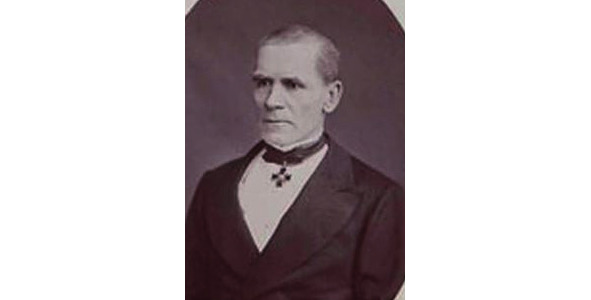
Merchant I.I. Bazanov
Opposite the orphanage behind a fence hides the stone mansion of Irkutsk merchant of the 2nd guild I.V. Samsonov, which was built in the middle of the 19th century and one of the few survived the Great Fire of 1879. After the construction of the hotel “Sibir” nearby, it remained in oblivion and today is in a sorrowful condition. From April to July 1915 there was an underground printing of the Bolshevik organization “Union of Printing Workers”. In Soviet times, communal apartments were appeared in the house.
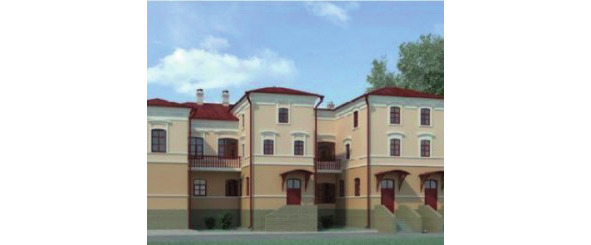
Mansion of merchant I.V. Samsonov
Lenin Street
On the other side of the intersection, on the left, you can see the building of the oldest bank in Irkutsk. These is a former State Bank, established in 1899, which today is occupied by the Faculties of Geology and Social Sciences of ISU, as well as the Research Institute of Biology. The building was badly burned out during the revolutionary battles in 1917, and was rebuilt several years later with tetrahedral and octahedral domes that accentuated the building’s volumes.
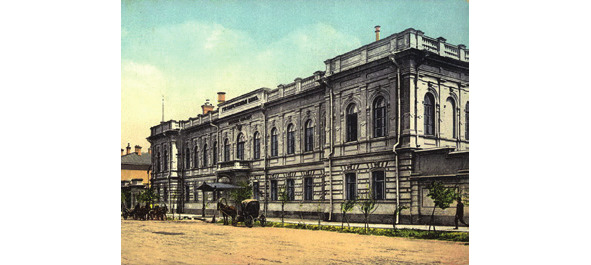
State Bank
Across the road from it to the right is the building of the largest and oldest museum of arts in Siberia, which has more than 23 thousand works of painting, graphics, sculpture and decorative arts in its collection. The collection was based on the assemblage of the famous Irkutsk philanthropist and mayor V.P. Sukachev, who held the first exhibition back in 1874 and left his creation to Irkutsk shortly before the revolution. It is his name that the museum bears, which counts its creation from 25 April 1936.
The building itself was originally built for the needs of the Irkutsk gymnasium for boys in 1907 according to the project of D.R. Magidey. The main fund of the museum moved here in 1975, and despite the existence of three branches the exposition contains no more than 3% of all works of art.
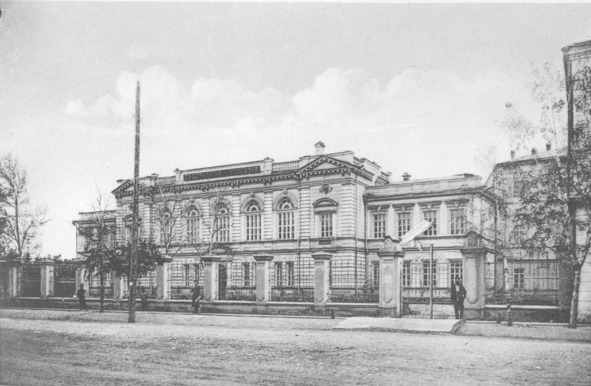
Irkutsk gymnasium for boys
The nearby building of the Governorate Gymnasium for boys is also interesting. It’s opened here in 1805 and still is one of the oldest stone buildings in Irkutsk which was built back in 1799 for the needs of the main public school according to the project of A.I. Losev. Count M.M. Speransky, when he was the governor-general of Siberia, called this institution “authentically the best gymnasium in all of Russia.” And this is not surprising, since among the teachers there were such prominent historians as I.E. Muller, I.L. Slovtsov, I.V. Shcheglov and N.N. Kozmin.
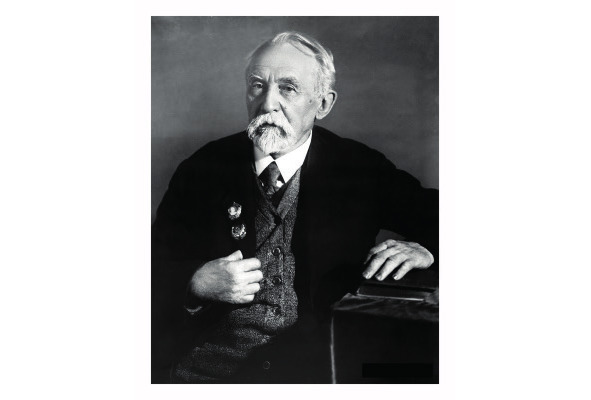
Founder of the Soviet school in agronomic chemistry D.N. Pryanishnikov
Many famous people were graduates of this gymnasium, as the founder of the first school of Tibetan medicine P.A. Badmaev, Deputy Minister of Public Education of Russia M.S. Volkonsky, organizer of the first revolutionary political organization “People’s Will” in Siberia I. G. Neustroev, medical scientists V.N. Popov, K.M. Pavlinov, S.A. Sukhanov and P.N. Shastin, travellers V.C. Dorogostaysky and A.P. Fedchenko, founder of the Soviet school in agronomic chemistry D.N. Pryanishnikov, first rector of ISU M.M. Rubinstein, three times cavalier of Order of the Red Banner L.I. Kotelnikov, writers I.T. Kalashnikov, N.S. Shchukin, V.M. Mikheev, I.V. Fedorov-Omulevsky and F.M. Lytkin.
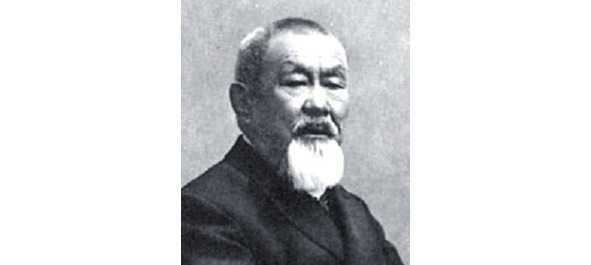
Tibetologist P.A. Badmaev
Tellingly, this building still houses an educational institution – the Irkutsk Aviation Technical School, which moved here in June 1945 to replace the cartridge plant No. 540 evacuated from Leningrad during the WWII (it was one of the four most powerful such factories in the country, produced more than 700 million ammunition).
On the site of the building opposite, where the Irkutsk Regional Geriatric Center is now located, there used to be the oldest kindergarten in the city, opened at the initiative of M.G. Tyumentseva in 1869. Its building, designed by the best architect of Irkutsk, Baron H.V. Rosen in 1882 instead of the burnt down old one, it was one of the best wooden buildings in the capital of Eastern Siberia. However, in 1938, during the construction of the clinic, it was moved and installed on the site of the parish cemetery of the St. Charalambos Church. Today, on the site of the kindergarten, there is a public garden named after one of the first doctors of sciences in the USSR, as well as the Irkutsk author of the textbook on nervous diseases K.G. Hodos.
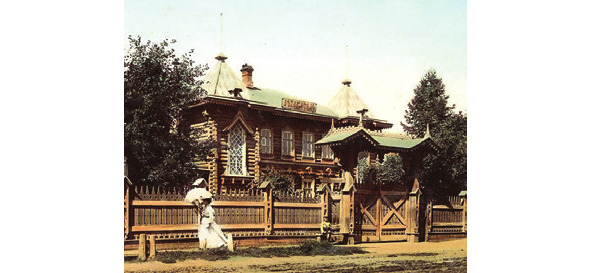
At the crossroads there are towering buildings representing the reference buildings of the Soviet era, which surprisingly organically fit into the old city face. At the corner of Lenin and Gorky streets there is the famous Irkutsk “house with a trunk” built in 1950 according to the project of E.F. Yanko. Here lived the main artist of Irkutsk in 1970s and the author of the memorial “Eternal Flame” V.G. Smagin. Opposite on the left the house in which she spent the last years of her life People’s Artist of the RSFSR G.A. Kramova. On the other side of the crossroads there is another magnificent monument of Soviet architecture – a house buit in 1948 according to the project of A.S. Butenko, where lived until his death the famous poet-ethnographer A.S. Olkhon (Pestyukhin).
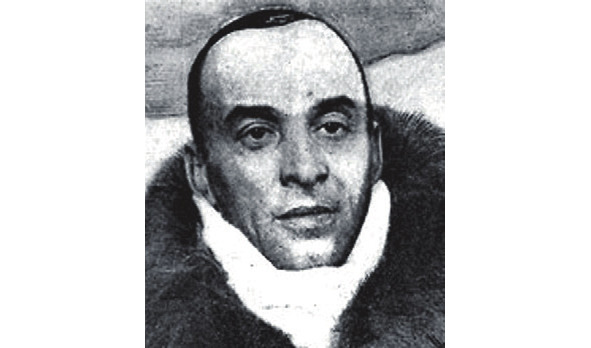
Poet-ethnographer A.S. Olkhon (Pestyukhin)
Gorky Street
The next thing that attracts our attention is the monument to the five-time nominee for the Nobel Prize in Literature M. Gorky, established in 1984 on the left in a small square. Nearby is the “Radiohouse” – one of the most bizarre buildings of the Soviet era in Irkutsk, consisting of parts made at different times in more than half a century, but united into a single complex thanks to the talented architect N.N. Belyakov in 1982.
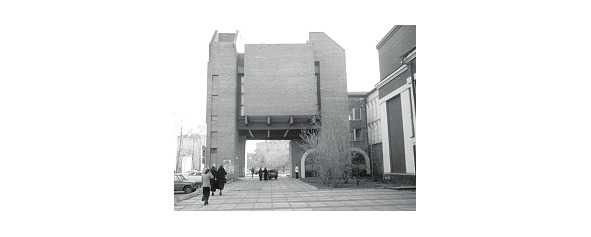
Radiohouse
On the other side of the road are the buildings of the Baikal State University, which opened in Irkutsk in 1930. They are adjoined by a small park, organized here in 2011 and named after Shigeki Mori – the permanent mayor of the Japanese town of Neagari, Ishikawa province, which has twinning relations with the city Shelekhov – an industrial neighbour of Irkutsk. Also he was this mayor who initiated the twinning relationship between Irkutsk and the Japanese city of Kanazawa in 1967.
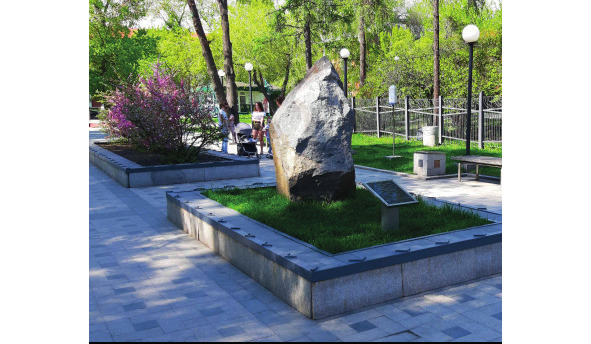
Park named after Shigeki Mori
After the park, the first wooden house on the right side of the street belonged to a member of the Irkutsk judicial chamber M.S. Stravinsky and served as the building of the vice-consulate of Belgium in Irkutsk from 1914 to 1920. Moreover, the owner of the mansion himself became the first ambassador.
On the same side of the street, at the crossroads, you can see the estate of the mayor V.V. Zharnikov, who went down in history as the creator of the first water supply system in Irkutsk in 1905. An old sculpture “Boy with a Swan” is hiding in the garden which surrounding the house.
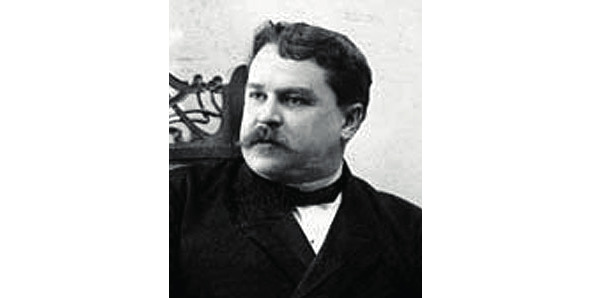
Mayor V.V. Zharnikov
On the opposite side of the street there is a small square with a monument to the first modern governor of Irkutsk Y.A. Nozhikov, which was installed in honour of the 75th anniversary of the Irkutsk region in 2012 to replace the sculpture of a dragon that appeared at this place since 2007. It is interesting that earlier this was the place where the bust of M. Gorky was located, until it was destroyed by vandals in 1963.

Monument to the first modern governor of Irkutsk Y.A. Nozhikov
Continuing along this street, on the left we notice two more buildings in the brutalist style, belonging to the talent of V.A. Pavlov. Opposite to them the building of the gynaecological clinic. Further, on the other side of the road, the walls of the famous “House of the Pilots”, created on this place in 1936, where lived the pilot and Hero of Socialist Labour I.N. Sharov (flew over 17 thousand hours). The headquarters of the Central Air Communications Agency is still located here. At the entrance, a few years ago, it was possible to see columns made from gravestones from the Old Jerusalem cemetery.
Closes the Gorky Street “House of Science and Technology” built in 1955 according to the project of N. А. Sergeev on the site of the former passage of A.F. Vtorov, which since 1897 occupied the corner of the block along this street and was considered one of the largest stores in Irkutsk. This richest merchant was the founder of the first “supermarkets” in Russia. His passages were located in all major cities of Russia from Petersburg to Sretensk. Here lived for many years the youngest of two sons of this merchant – Alexander. Unfortunately, the passage completely burned out in December 1917 during the battles on the streets of Irkutsk.
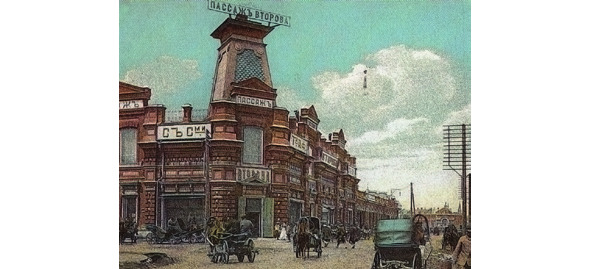
Passage of A.F. Vtorov
Labour Square
We turn left and run into Labour Square, the main dominant of which is the circus building, built in 1964. Irkutsk became the first city in Siberia and on Far East where such a building appeared. Irkutsk residents are longtime fans of such performances. The first circus troupe of a certain Mikoletto visited the city back in 1795, and a permanent wooden building appeared on Tikhvin Square thanks to the Italian entrepreneur Soulier in 1868.
Earlier, starting from the 1780s, this place was occupied by Ivanovskaya Square with trading rows of Melochny (“Trivial”) Bazaar, where people traded mainly in agricultural goods brought from the villages. Behind the circus building, you can still see the shops of the Old City Public Administration, which have been occupied by a mica factory since 1929 (now Sverdlova Str., 41).
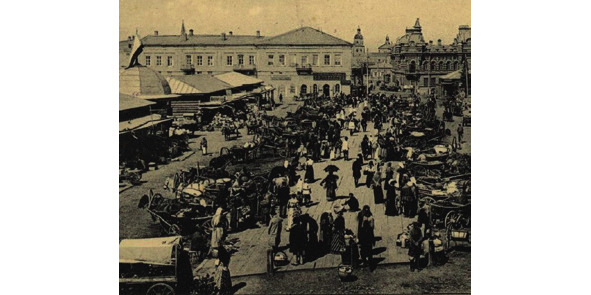
Trading rows of Melochny (“Trivial”) Bazaar
Here from the house of the merchant V.A. Ostapin on June 22, 1879, the Great Fire began, which destroyed the best part of Irkutsk. The flames blazed for three days and swallowed up the entire city center. Burnt out 75 blocks with 105 stone and 3418 wooden buildings. The fire took away practically all public, educational and state institutions, many temples, museum; also destroyed the entire city archive with unique documents.
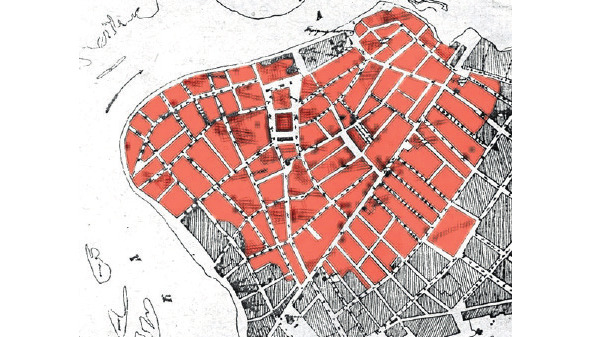
Map of the Great Fire in Irkutsk
However, one of the oldest buildings in Irkutsk is still preserved on the other side of the square – the building of the hotel “Moscow Courtyard” created in 1821 at the expense of the merchant N.P. Trapeznikov, and donated to the city for free use of the City Court in 1887 by his grand-nephew, which already known to us as V.P. Sukachev. The justice authorities are here to this day.

Moscow Courtyard
At the end of the ensemble of the square, the building of the central telegraph, built in 1932 by the architect N.N. Baikov. It is located on the site of the former house of I. A. Nemchinov, where in November 1903 the main telegraph office of Irkutsk was transferred. Today the representative office of OJSC “Rostelecom” is located here.
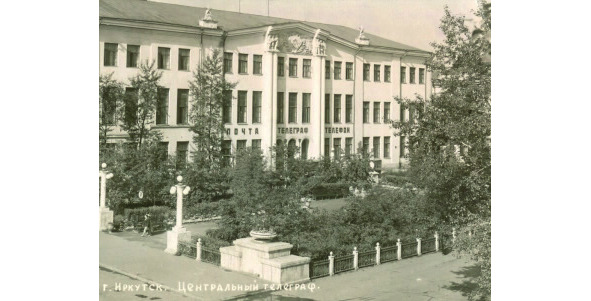
Main telegraph office of Irkutsk
There is an illuminated fountain in the center of the square. Earlier in its place was located one of the most picturesque stone chapels of Irkutsk – in the name of the Iveron Icon of the Mother of God. It was installed here in 1892 by the architect V.A. Kudelsky at the expense of the Irkutsk industrialist and philanthropist A.M. Sibiryakov.
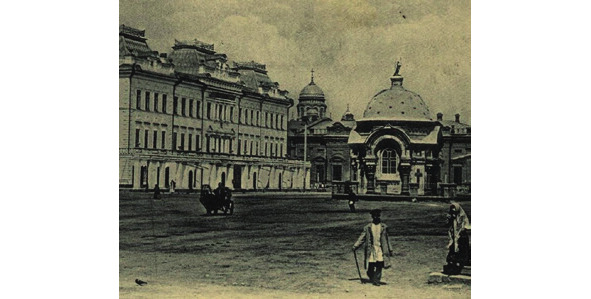
Chapel in the name of the Iveron Icon of the Mother of God
Noteworthy is the nearby best monument in Russia to the famous film director L.I. Gaidai, established here in 2012. For a talented cinematographer, Irkutsk has become a fateful city. Here he graduated from school No. 42 (now Lyceum No. 36 of JSC “Russian Railways”), volunteered for the front, returned injured, received his first theatrical experience and decided to become an actor. In addition, L.I. Gaidai wrote his first script, which brought him worldwide fame for the film “Dog Barbos and Unusual Cross”, when had found a play of S.I. Oleinik in the attic of his parents’ house in Irkutsk in 1961. It is the scene from this film that is shown in the composition of the monument designed by S.B. Demkov.
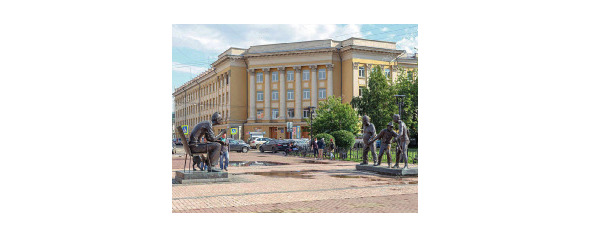
Monument to the famous film director L.I. Gaidai
Sverdlov Street
Well, and we continue to move along Sverdlov Street, in the past it bore the name of an outstanding merchant, philanthropist and mayor V.N. Basnin. Today only the library wing, where the “Museum of Communications” is located, and also a small house facing the main street, remained from his family estate. The latter is one of the oldest stone residential buildings in the city and was built in 1801, but lost its second floor after the Great Fire.
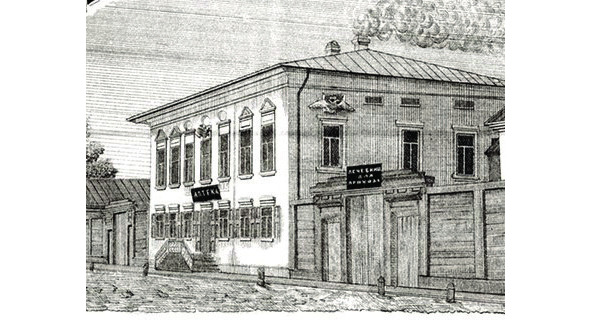
V.N. Basnin’s estate
Since 1834, almost a third of this quarter was occupied by the Basnin’s Garden with greenhouses, the collection of which was formed by the best expert of Asian plants among his contemporaries N.S. Turchaninov. However, the fire element did not spare it either. Today in its place is the school No. 11, built in 1915 according to the project of K.W. Mital. The graduates of this institution were the Hero of the Soviet Union A.S. Bogdanov, cosmonaut A.A. Ivanishin, pianist D.L. Matsuev and many other famous scientists and public figures.
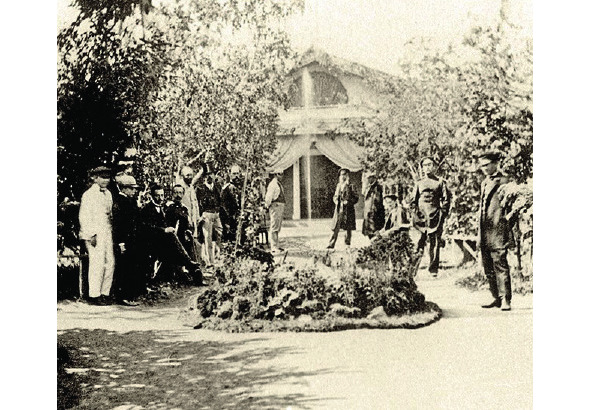
Basnin’s Garden
Right behind the school is the building of the former hotel “Commercial Courtyard”, which opened here in 1902. After the revolution and up to the 1970s, it housed a dormitory for Irkutsk theatre workers, and during the WWII the actors of Moscow Satire Theater and Kiev Opera Theater lived here. Today it occupied by various departments and committees of the Irkutsk administration.
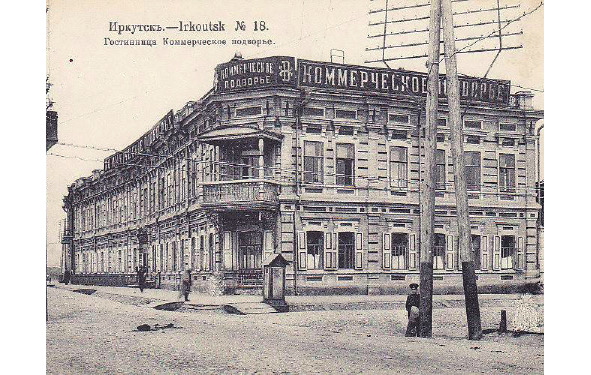
Hotel “Commercial Courtyard”
Opposite there is a one-storey house where lived the famous explorer of the Eastern Sayan Mountains and the merchant S.P. Peretolchin. Immediately behind it is the small building of the poorhouse of the Tikhvin Church, adjoining against the walls of the “Vostsibugol” building – the only construction that has survived from that magnificent temple.
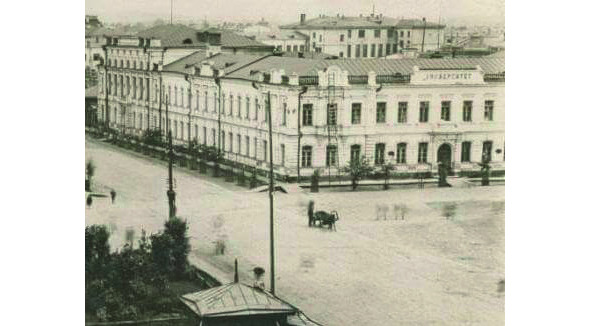
2nd Khaminov’s gymnasium for girls
On the opposite side of the road, the department of humanitarian and aesthetic education of the Pedagogical Institute of Irkutsk State University, which is located in the building of the former 2nd Khaminov’s gymnasium for girls, which opened here in 1912. Here at the school of red commanders for four months in 1920 studied the future founder of Mongolia D. Sukhe-Bator, after whom named this street. In 1935, according to the project of K.W. Mital, a “party activist house” was added to the gymnasium building, which today also occupied by ISU.
Zhelyabov Quarter
We turn right to the main merchant street of Irkutsk, named today in honour of A.I. Zhelyabov who was one of the organizers of the assassination of Emperor Alexander II. In the past, it bore the name of famous merchant of the 1st guild, twice elected mayor and patron of the arts K.N. Trapeznikov. There are many beautiful merchant mansions along the street.

Merchant of the 1st guild K.N. Trapeznikov
First on the left is the magnificent house of A.F. Vtorov with openwork monograms “AB”, meaning the initials of the owner, built in the neo-russian style according to the project of the famous theatre architect V.A. Schroeter in 1897. The owners moved out of the mansion back in 1913, and already on October 29, 1917, the first All-Siberian Congress of Soviets took place there, and a committee of Central Siberia was elected. Since 1937, the building has housed the “Palace of Children and Youth Creativity”, which has brought up a whole galaxy of talents from the poet M.D. Sergeev to pianist D.L. Matsuev.
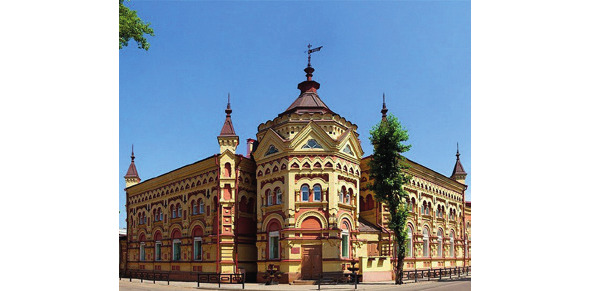
House of A.F. Vtorov

